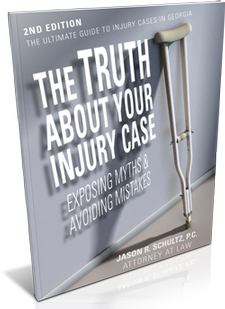If venturing out into the snow, clear your entire windshield and side and back windows to improve visibility—not just a few small patches—and turn on your lights. Remove snow accumulation from the roof, hood, and trunk. In some states it’s the law. Flying snow can obscure the vision of a driver behind you or become a deadly projectile.
If you fishtail, don’t panic. Steer toward the direction you want to go. Apply steady pressure to antilock brakes. If you don’t have antilock brakes, lightly pump your brakes.
Remember, winter weather does not absolve drivers of fault in auto accidents. Drivers have a duty to drive responsibly and safely, no matter what the conditions.


